Tens of billions of dollars of transmission investments are planned by U.S. grid operators ERCOT, CAISO, MISO and SPP, reported speakers on a regional transmission panel at the Transmission and Interconnection Summit sponsored by Infocast.
Planned transmission investments are largely driven by projected load growth. In the ERCOT grid region in Texas, for example, the six-year load growth projection increased 50 GW from 2023 to 2024, and now stands at 156 GW, said Prabu Gnanam, ERCOT’s director of grid planning. Potential supply in ERCOT includes 400 GW of generating projects in its interconnection queue, mostly solar and battery projects, he said.
But increased transmission capacity in each grid region is also needed to bring more low-cost renewable power onto the grid. The U.S. Department of Energy estimated in 2023 that 54,500 GW-miles of within-region transmission is needed for a clean grid, representing a 64% capacity increase.
California’s CAISO grid region is facing that challenge. While CAISO must integrate 7 GW of generating resources per year through 2040 just to balance the projected increase in load, it has an “added layer” of a state goal of 100% renewable energy by 2045, and those factors together “translate to transmission build,” said Biju Gopi, a senior manager at CAISO.
The big picture, described by panel moderator Dan Sullivan, senior director of energy advisory services at Power Engineers, a division of WSP Global, is that “all of our colleagues that we work with are progressing to build this large grid that can handle more renewables, withstand extreme weather and large loads, and deliver affordable electricity to our country.”
Transmission investments can more than pay for themselves, as transmission benefit-cost ratios of 1.8 to 3.8 on a portfolio-wide basis are “really important” at midcontinent grid operator MISO, said Cynthia Crane, manager for MISO regulatory strategy at transmission owner ITC Holdings.
Sullivan, who has mapped out high-voltage DC and AC transmission projects under development across the country, said “we are well on our way” to a high-capacity transmission “overlay.” While it is “disjointed” now, he said, “if you put the overlay there, it frees up the lower-level transmission and allows more interconnections for microgrids and virtual power plants, all at the lower transmission level where the generator interconnections are.”
This content is protected by copyright and may not be reused. If you want to cooperate with us and would like to reuse some of our content, please contact: editors@pv-magazine.com.
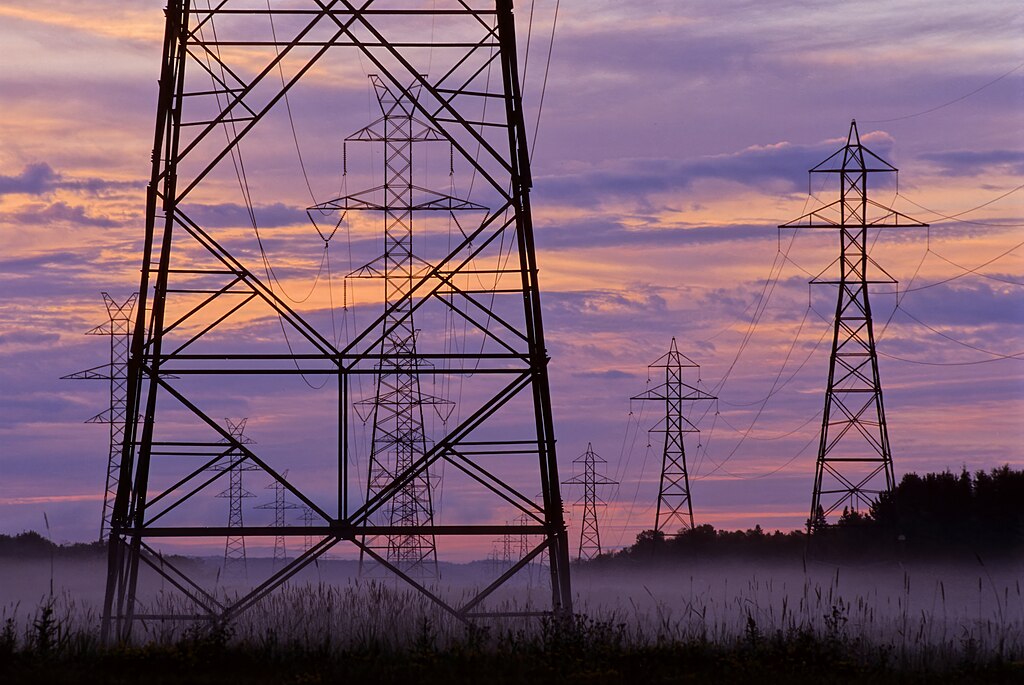
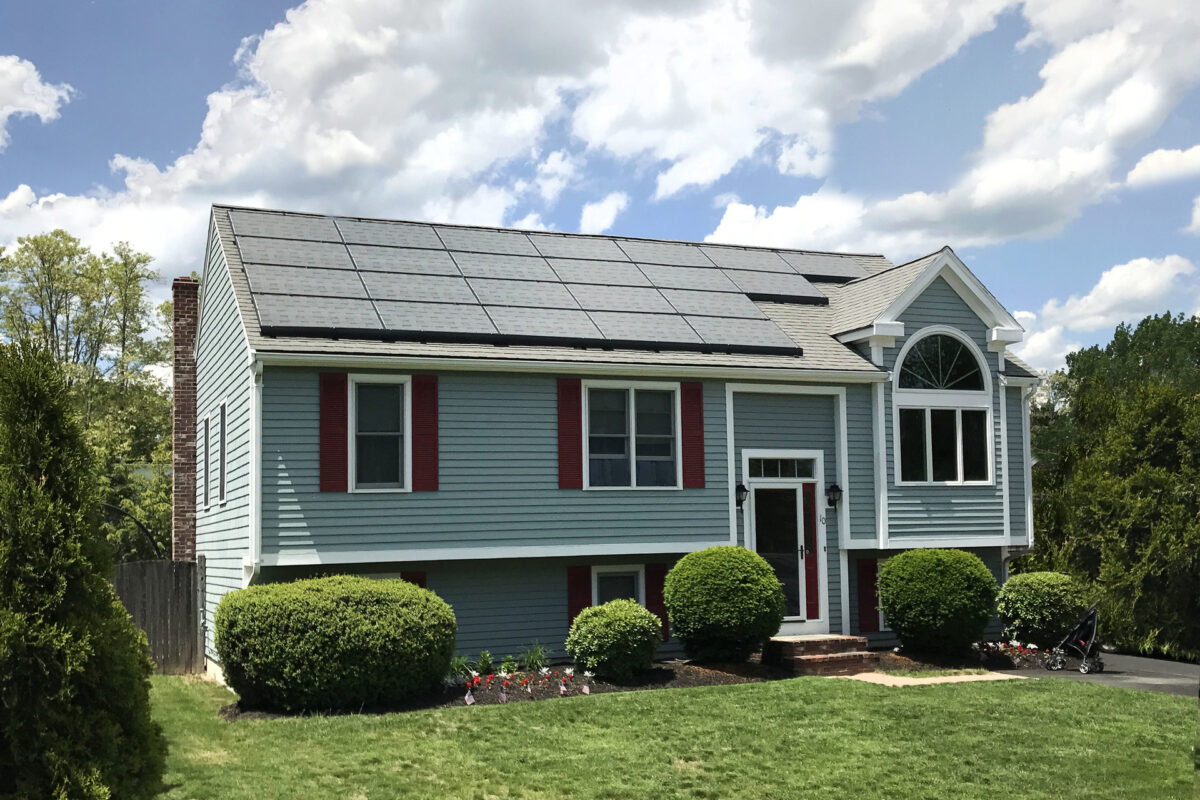


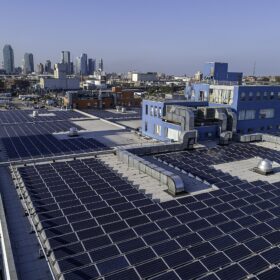
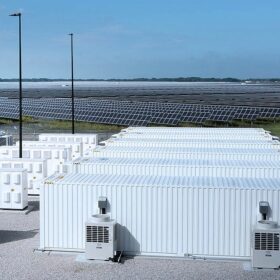

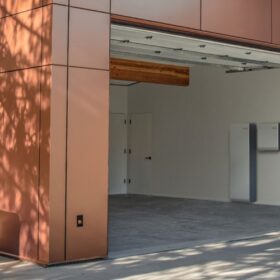
By submitting this form you agree to pv magazine using your data for the purposes of publishing your comment.
Your personal data will only be disclosed or otherwise transmitted to third parties for the purposes of spam filtering or if this is necessary for technical maintenance of the website. Any other transfer to third parties will not take place unless this is justified on the basis of applicable data protection regulations or if pv magazine is legally obliged to do so.
You may revoke this consent at any time with effect for the future, in which case your personal data will be deleted immediately. Otherwise, your data will be deleted if pv magazine has processed your request or the purpose of data storage is fulfilled.
Further information on data privacy can be found in our Data Protection Policy.